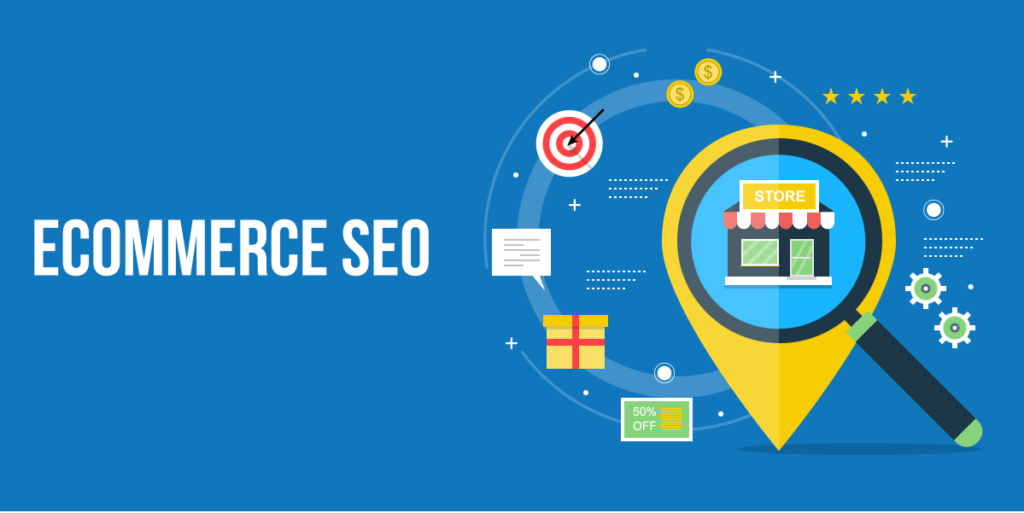
eCommerce SEO appears to be difficult. Especially if your website has a large number of products and is densely populated with visitors. A comprehensive SEO strategy for an eCommerce website takes a significant amount of time to develop; however, once implemented and targeted in the appropriate areas, it yields excellent results over time.
Keeping the following factors in mind when designing a customized kit for your SEO-friendly eCommerce website is essential:
1. Prioritize the pages on your website
Identify the main pages on your website that receive the most traffic and place them at the top of the priority list. It is always recommended to begin with these pages when optimizing your eCommerce SEO strategy for conversions. Additionally, if you want people to concentrate on a specific product or on your website’s flagship product, begin by prioritizing its optimization as a top priority.
2. Organize your SEO workflow
When optimizing your website for eCommerce search engine optimization, numerous intricate specifications must be followed. The process includes keyword optimization, metadata tweaks, image naming, and the addition of alternate attributes if the first two methods do not work to increase traffic.
3. Keeping a close eye on the competition
It is always a good idea to keep an eye on the competitors in your niche market. The best practices they are employing to construct eCommerce Search Engine optimization can also inspire your website. Your website will have succeeded if it can outwit its competitors in your niche, indicating that you have implemented an effective SEO strategy for eCommerce websites.
Overall, your eCommerce SEO strategy should be focused on the following areas
- Finding the types of keywords your target customers are searching for is accomplished through keyword research.
- According to your keyword research, you should design your website’s architecture.
- On-page SEO is accomplished through the use of strategic keyword optimization in meta tags and content.
- By ensuring that search engines can efficiently crawl your site, technical SEO can help you rank higher in search results.
- Local SEO is used to generate organic traffic from within a specific geographic area.
- Using content marketing to drive more organic visitors is a good idea.
- Building links to your website in order to increase the authority of your website
- Using tools such as Google Analytics and Ahrefs, you can track your SEO success.
The most important factors to consider when choosing an eCommerce SEO toolkit
In order to attract organic traffic to your eCommerce website and the best of your products, there are a number of specifications that your website should strive to meet.
SEO friendly eCommerce websites can only achieve their desired rankings in the search engine results pages (SERPs) if they have worked on the following aspects of their website in an appropriate manner:
1) On-Page factors
On-page factors include a slew of specifics that must be addressed in order to meet all of the eCommerce Search Engine optimization specifications. As they crawl through the various pages of your website, the Search Engines are looking for a variety of factors.
2) Off-Page factors
Following the optimization of the content on your website pages, the next step should be to establish links to your website from other websites on the internet.
Backlinking is the term used to describe this practice. SEO for eCommerce websites is dominated by backlinking, which is the most important factor to consider. A variety of techniques, such as compiling a list of websites that link to your competitors and contacting them directly, can be used to achieve this goal.
According to the experts another method of guest posting is also a good SEO strategy for eCommerce websites.
Off-page SEO is currently centred on developing quality relationships rather than simply building links to a website. Maintaining a positive attitude toward your niche competitors can go a long way toward developing these long-term relationships.